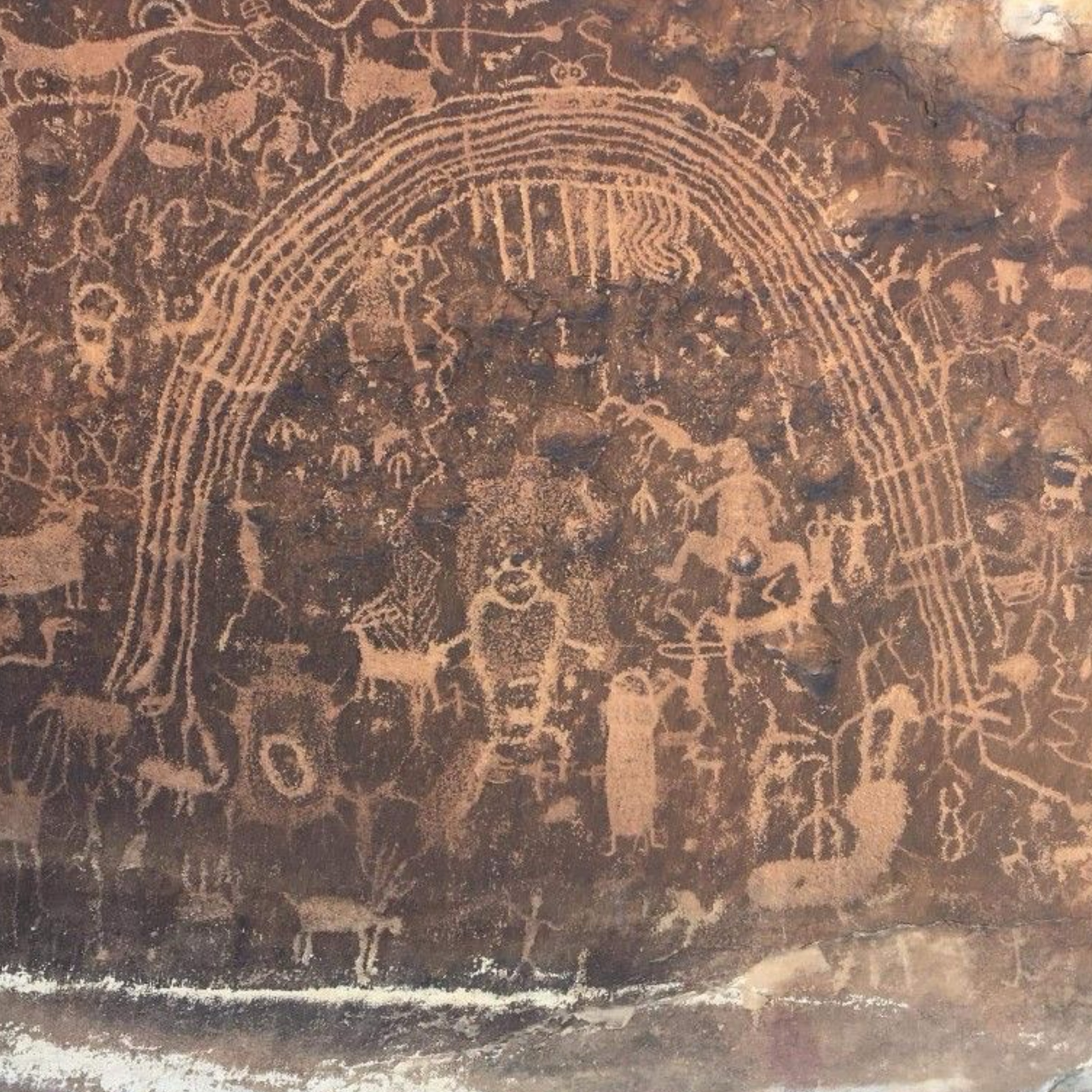The Power of a Single Line
A single line can be the beginning of everything — a story, a drawing, a thread that connects thought to the paper. It is the simplest of marks, yet it holds infinite possibilities. From the earliest gestures on cave walls to the elegance of calligraphy, the line has always been our most fundamental language, carrying both memory and imagination.
It can tremble or soar, whisper or declare. A line may suggest movement, emotion, or silence; it may define a boundary or open a path into the unknown. Every line holds intention, whether drawn in haste or with a meditative care.
Artists across time have trusted in its quiet authority. Paul Klee described drawing as “taking a line for a walk,” reminding us that the most playful wanderings can also be the most profound. Henri Matisse, in his late drawings and cut-outs, reduced figures to their purest contours — lines that curved and flowed like breath, alive with movement and joy. Nasreen Mohamedi transformed the line into meditation, building lyrical geometries that echoed silence as vast as desert skies. Picasso’s unbroken strokes reveal how a single gesture can capture the essence of a bull, a dove, or a face. Egon Schiele’s trembling contours made vulnerability visible, while Piet Mondrian’s verticals and horizontals created quiet universes of order and rhythm. Kandinsky heard in each line a vibration, as though marks on paper could resound like music.
The line’s power transcends geography and culture. In Japanese Zen painting, the practice of ensō — a single brushed circle drawn in one breath — embodies imperfection, infinity, discipline, and freedom. Chinese calligraphy treats the line as both spirit and structure, every stroke alive with centuries of rhythm and balance. Cy Twombly’s looping scribbles show how hesitation, repetition, and even apparent disorder can carry poetry. Each tradition reminds us that a line is never merely visual; it is energy, presence, and time condensed into gesture.
Closer to home, the line tells stories in ritual and daily practices. In Warli art, white lines on earthen walls transform daily life — farming, dancing, gathering — into a timeless rhythm of repetition and cycle. The morning kolam, drawn with rice flour at thresholds, is ephemeral yet eternal, dissolving by nightfall and renewed each dawn, a meditation in impermanence.Devanagari calligraphy turn script into dance, carrying both sound and silence. Even in miniature painting, the delicacy of a single contour can hold the grace of an entire figure. Across India’s folk and tribal traditions, the line becomes both map and memory — charting cosmologies, tracing cycles of life, and telling stories that persist through generations.
Yet beyond culture and history, the line’s power lies in emotion. A soft curve suggests gentleness, a broken stroke reveals fragility, a bold straight mark insists on certainty. Even without color, texture, or words, a single line can evoke freedom, chaos, calm, or longing. It is never neutral; it always carries intention.
Minimalism distills this truth with clarity. Agnes Martin’s whispering grids or Sol LeWitt’sconceptual wall drawings remind us that a line, restrained and deliberate, can be an act of presence. It is not only the mark we see but also the silence it frames, the space it protects, the rhythm it invites us to inhabit. In its restraint, the single line becomes a threshold to reflection.
A line is never just a mark. It is rhythm, breath, and gesture. It is the most human of traces, a beginning that needs no end. And sometimes, one line is all it takes to say everything.


